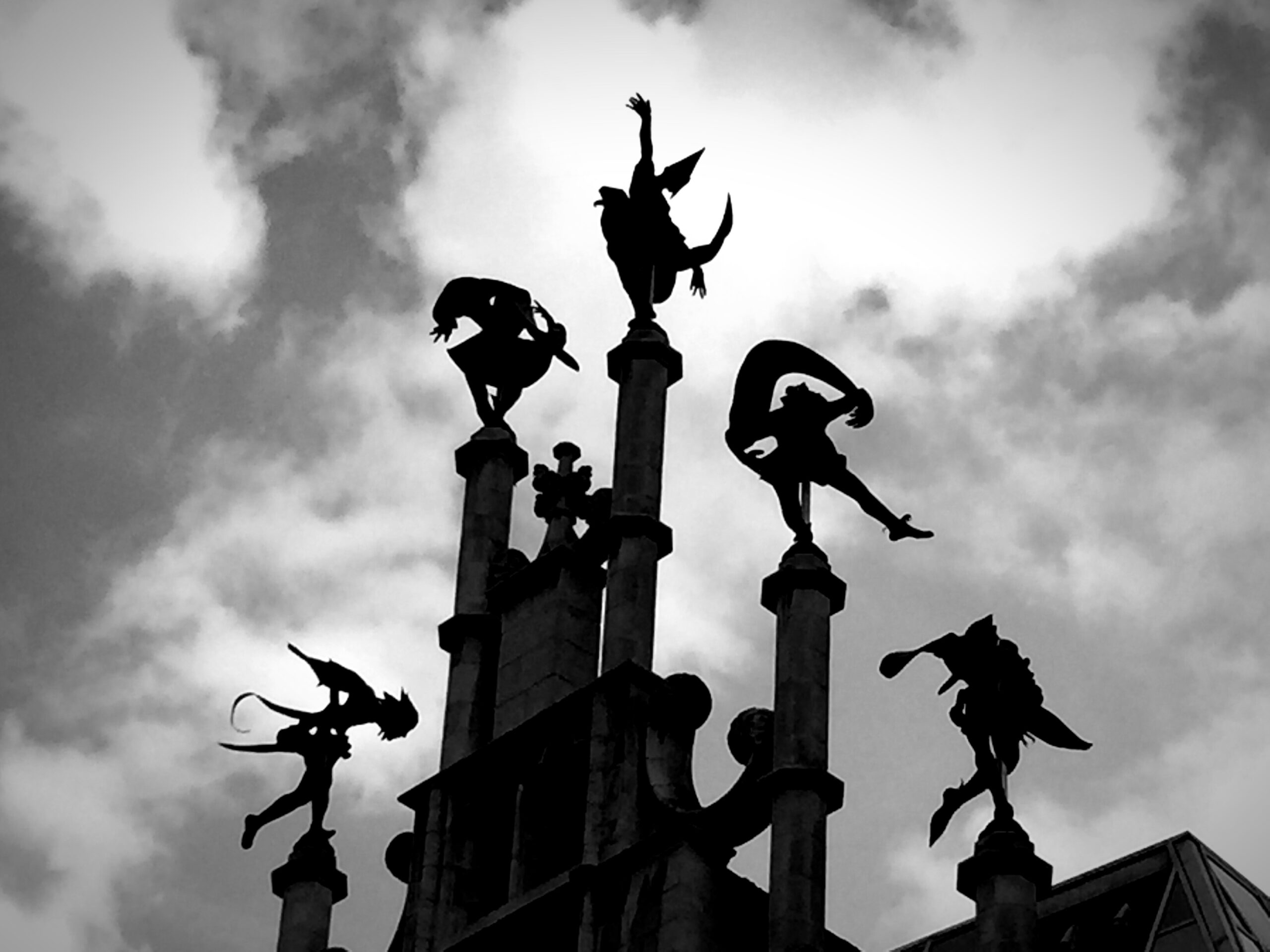
Is it possible that Katherine’s nightmare served some purpose other than just jolting her emotionally (a moment of Cathexis)—a jolt that forces her to confront issues related to her focal conflict(s) as well as attendant sub-focal conflicts? Is this nightmare, instead, only helping to inoculate her against these emotions and providing her with the opportunity to “pilot test” some diversionary or delaying tactics—such as playing cards (with trump in hand!) or playing sick and old (sitting in a wheelchair). Is the Pelican and Bridge (physical structure, game of cards, and point of breakage of the nose) seeking to “teach” Katherine something. Perhaps, Katherine should symbolically get rid of her mirror (she shattered it in the dream). This would mean, in daily life, to be less obsessed about her physical appearance and to attend more outward (to other people) than inward (to herself).
This nightmare might also be encouraging her to step away from her structured life on occasion. She need not sit in the wheelchair nor is she confined to the walkway that leads to the bridge. Katherine can take a walk in the garden that reside below the walkway. The red sky might be quite beautiful to observe if Katherine were to become less preoccupied with the bridge that is located at the end of the walkway. The bridge, itself, might be quite beautiful if viewed from the garden. Can Katherine find time to journey away from the Student Union and begin to enjoy the natural beauty to be found in this region of the Pacific Northwest. Death might seem a little less daunting when matched against the turbulent power of the nearby Willamette River or the majesty of a somewhat more distant Mount Hood.
Am I being too optimistic or perhaps a touch too dramatic in suggesting that this nightmarish dream is teaching Katherine anything? Maybe, Peggy Lee has nailed it on the head: perhaps we should just entertain ourselves (“go dancing”) in our dreams rather than take on weighty issues. There is some preliminary informal evidence suggesting that focal conflicts appear less frequently in our dreams as we grow older. Formal research should be done to determine if this is the case. However, we need to address one other fascinating matter regarding the nature and function of dreams before leaving our dream lab, Katherine’s nightmare, and French and Fromm’s approach to dream interpretation. This final matter concerns what is actually happening in our “psyche” (internal world) while we are not only asleep, but also awake.
Preconscious Realization
As we come to appreciate the complex and often creative processes being engaged by our dreams in an attempt to address the life-long challenges of focal conflict, there is an even greater appreciation to which we might arrive when considering how the dream and attempts at resolving a focal conflict fit into our waking life. It seems that the focal conflict is not totally outside our awareness during the day. This conflict “haunts” us and shows up indirectly in our approach to daytime problems and in the daydreams and fantasies we find creeping into our consciousness during times when we are relaxed (such as when we are taking a shower) or when we are distracted (such as when we are attending a boring meeting).
French and Fromm describe the “preconscious realization” of a focal conflict that occurs during the day. They write about a therapy client who is trying to keep his family together as “head of the family.” During a therapy session he “comes close” to recognizing the fundamental (focal) nature of this conflict in his life. French and Fromm note that he “came for a moment to the preconscious realizations from which he then shrank.” (French and Fromm, 1964, p. 81)





